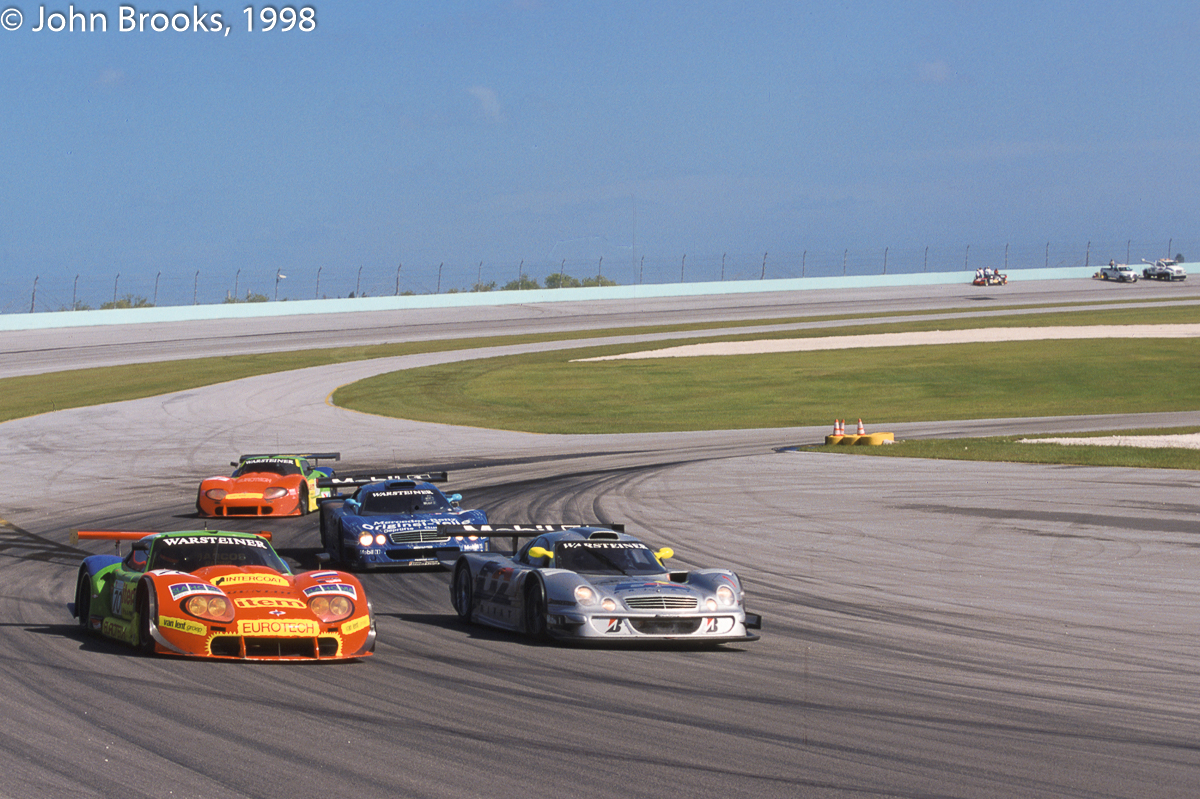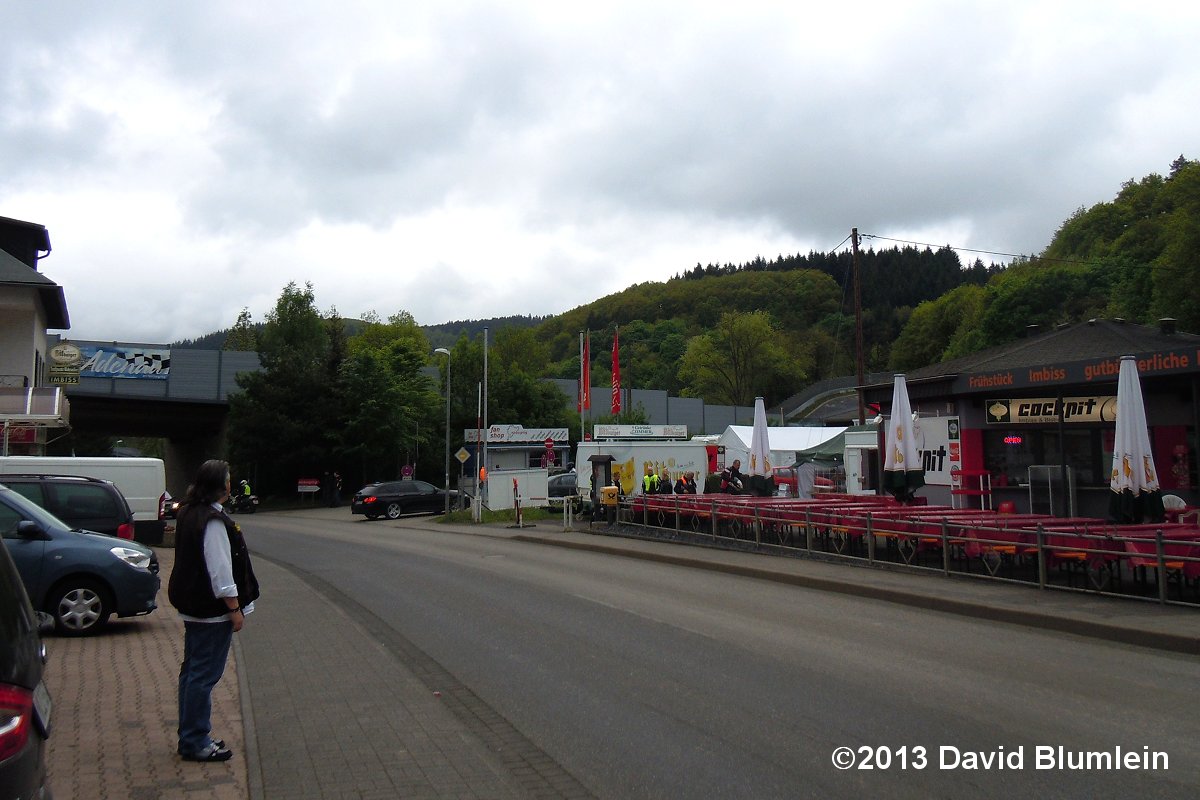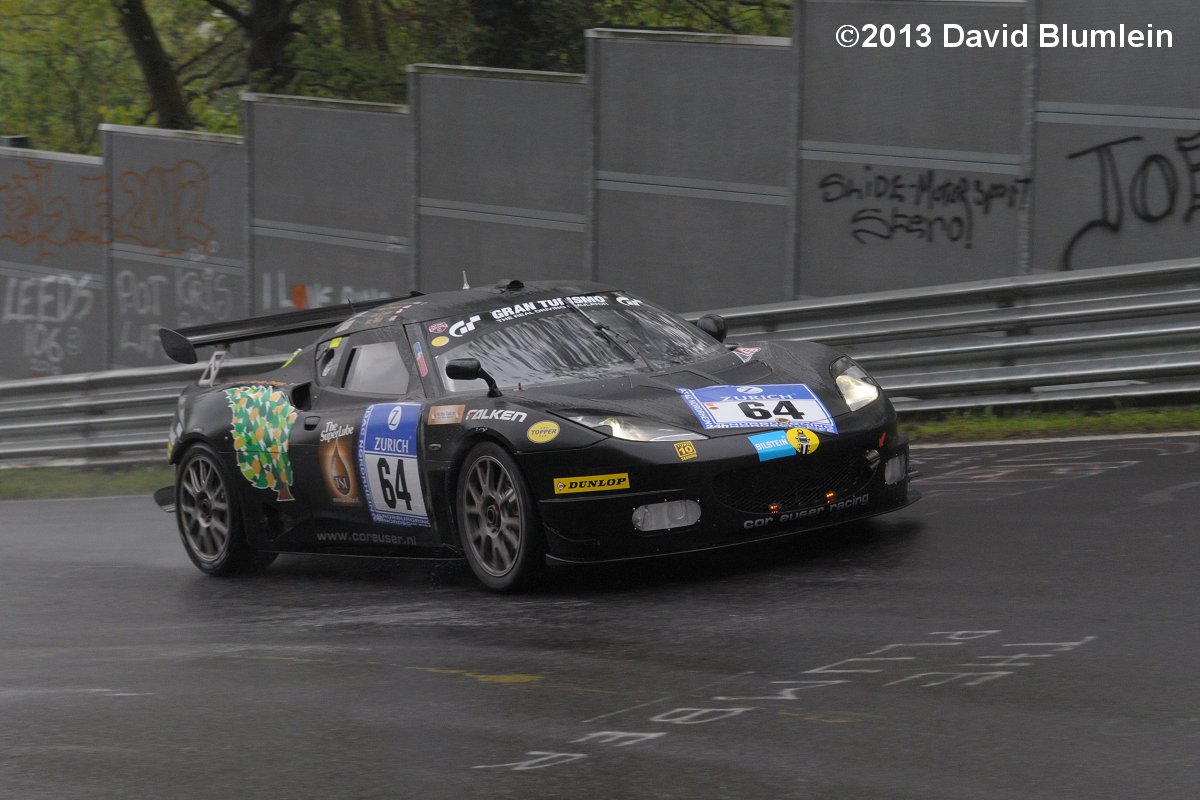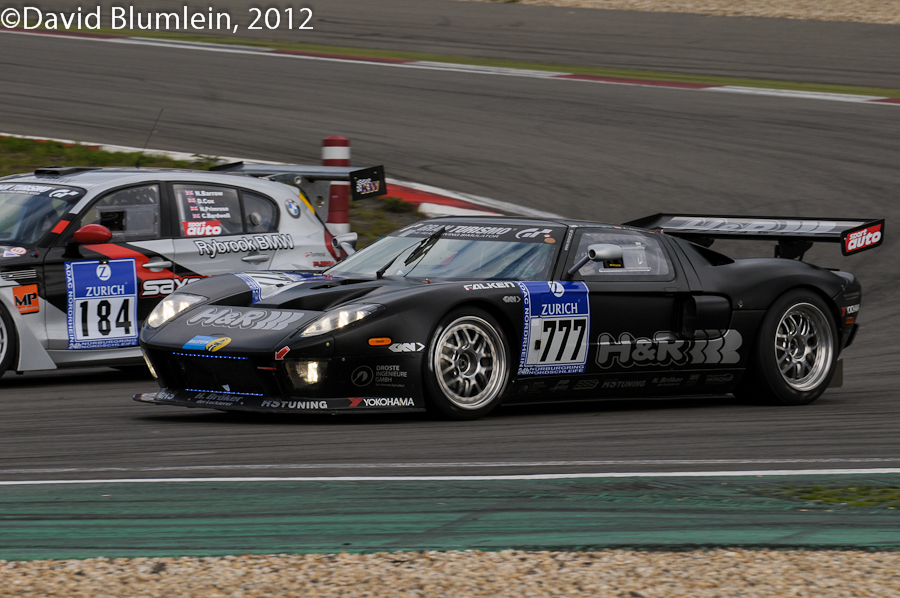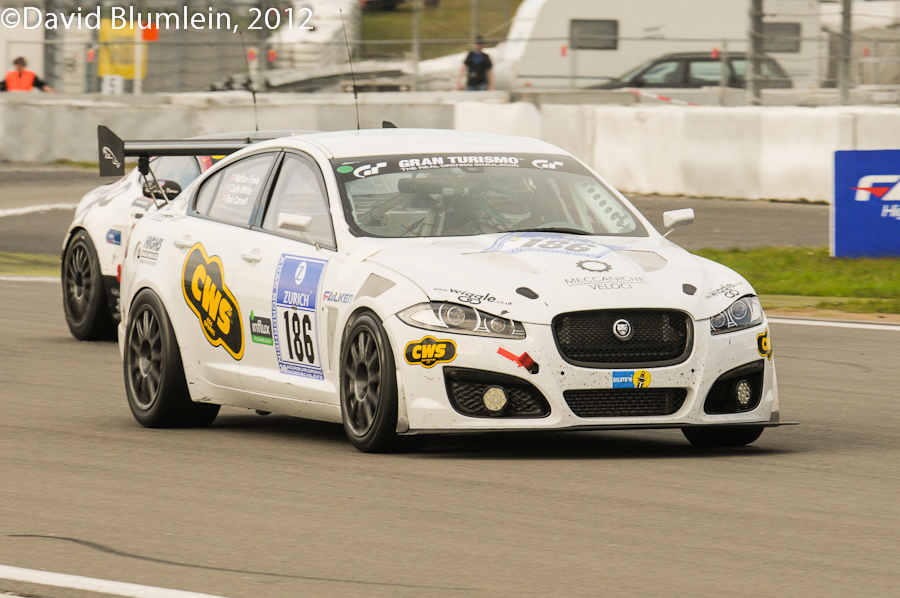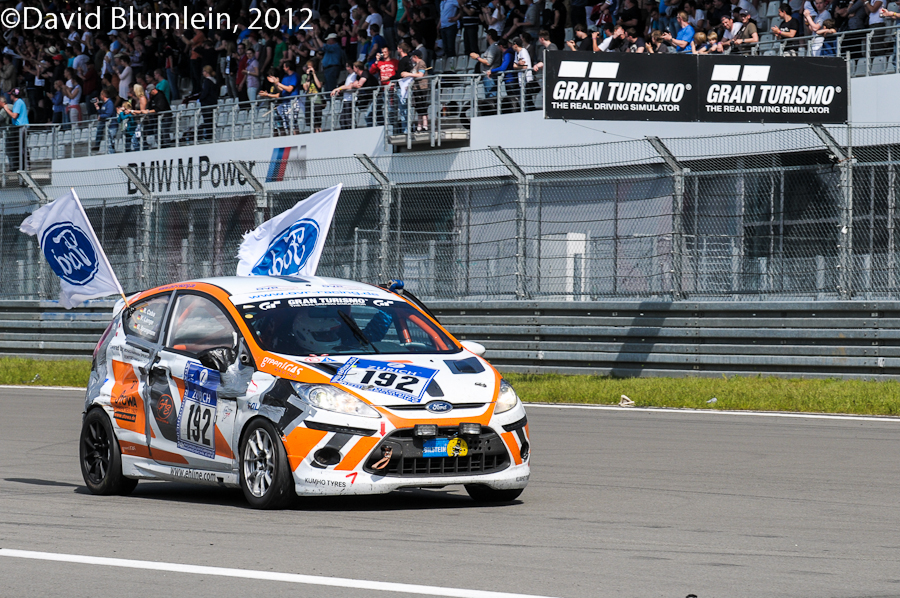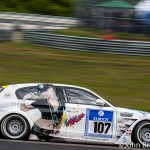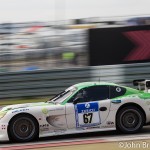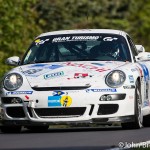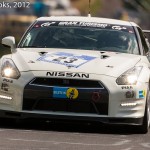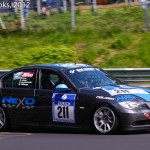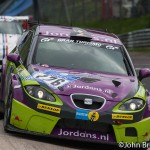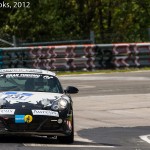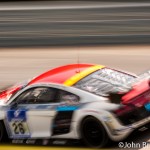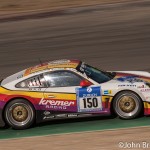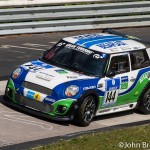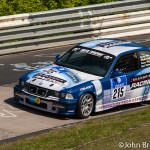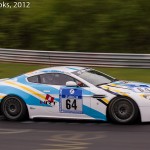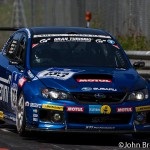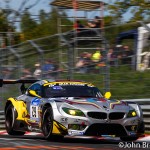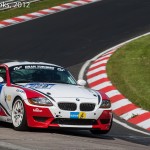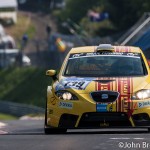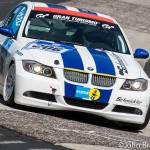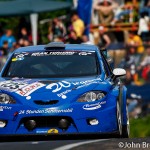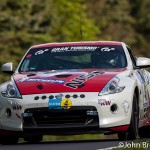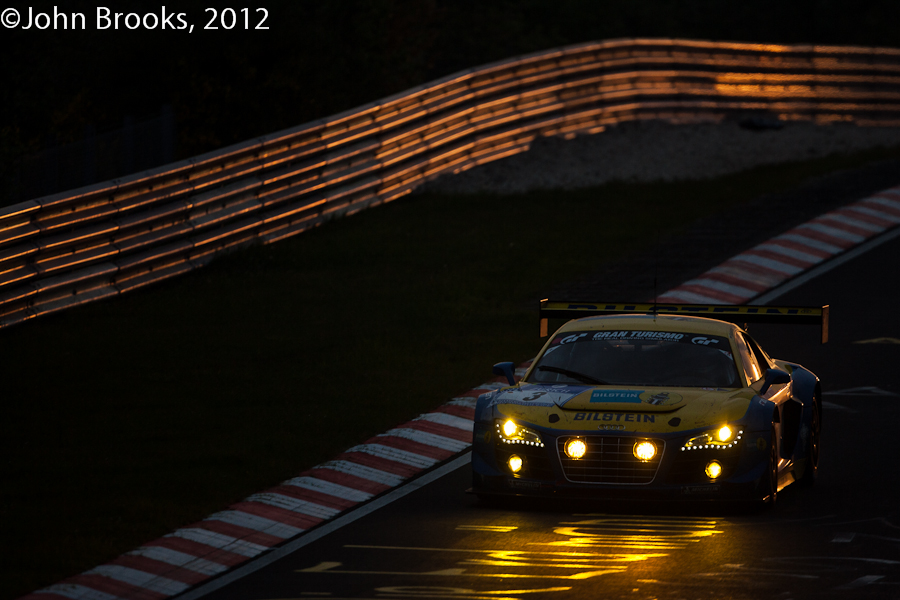In the second part of his survey of the endurance motorsport scene, János Wimpffen considers the leading organisations in European GT racing, SRO, Creventic and VLN.
The Stéphane Ratel Organisation is now the granddaddy of European GT racing. Its antecedents go back to the BPR (Barth-Peter-Ratel) Global GT Series which began in 1994 and most famously provided the framework for the long-lived FIA GT Championship. After having lost its World Championship status SRO became semi-independent from the FIA which has turned out to be a blessing in disguise.
SRO, through its former European GT3 Championship, was responsible for carving out a niche for the GT3 class and it has become the sole category for what has bifurcated into two quite different series. The present form of the Sprint Series began in 2010 and consists of two races during the weekend. The main function of the Qualifying Race, typically held on Saturday, is to set the grid for the Main Race. Both are one hour in length with pit stops and driver changes taking place during a mandated ten-minute mid-race window.
The SRO Sprint series is the most creative of all sports car series in testing the waters at some rather unique venues, including street courses in Baku and Moscow.
The SRO Endurance Series primarily consists of three hour races with the Spa-Francorchamps 24 Hours as the season’s centerpiece. In many ways the Endurance championship is the spiritual successor to BPR as it caters largely to “gentleman” drivers. While the technical formula for both series is based on GT3, there are subsidiary classes reserved for non-pro rosters called Pro-Am and Am (Silver Cup in the Sprint Series).
The Blancpain sponsored Endurance Series has grown into a very rich forum displaying all of the current GT3 machinery. New models for 2015 include the Lamborghini Hurracan and the McLaren 650S. Many other marques are currently circulating such as Audi, Aston Martin, Bentley, BMW Mercedes-Benz, Ferrari, Nissan, Porsche, and Jaguar—the last being represented only by a troubled, privately built car.
Entries for the Endurance Series have frequently exceeded 60 cars but the Sprint Series rarely has made it to two dozen. The short races do offer no holds barred cut-and-thrust battles. It is rare for the entire field to make it through the opening lap unscathed. That expectancy of carnage is one reason why some teams have balked and run primarily in the endurance rounds. Orthodox sports car fans may balk at one-hour races being considered a major event but the made-for-TV / video game format has a special type of appeal. Both of the SRO series have exclusive agreements with Pirelli.
The Dutch based Creventic Organisation has emerged as another major player on the European scene. They have been managing the Dubai 24 Hours since 2006 and this race has steadily risen in prominence, becoming a wintertime jaunt for European runners. Creventic expanded the concept a bit with a loose series begun in 2008 and this year the all-Hankook shod 24 Hour Series has become a full-fledged FIA championship. Despite the title, many of the rounds are actually 12 hour races. The fields for Creventic races are an eclectic mix of GT, Touring and silhouette specials. Overall winners at Creventic races invariably are built GT3 specs. Called A6, they are slightly altered and frequently must run above a reference lap time—a variation on the BOP theme.
There are important endurance races which are independent of any series. The chief European example would be the Nürburgring 24 Hours. For most of this race’s 30 plus year existence it was primarily a gigantic German club race.
Many of teams in its almost preposterous starting fields of nearly 200 cars still fit the mold of club racers and come from the ranks of slower GT and Touring categories. However, the sharp end of GT3 (called SP9-GT3) has inexorably become the domain of the major factory teams and has been fiercely contested of late by BMW, Audi, and Mercedes. Further afield in Australia, the Bathurst 12 Hours has taken on a similar role as the antipode’s most significant independent GT endurance race.


